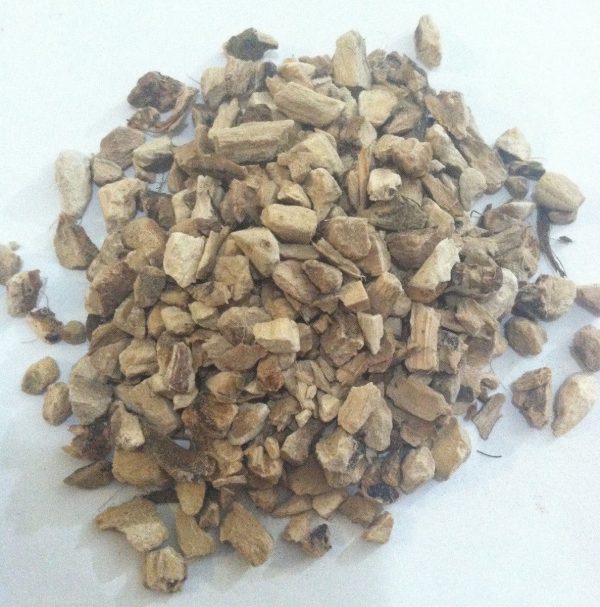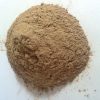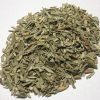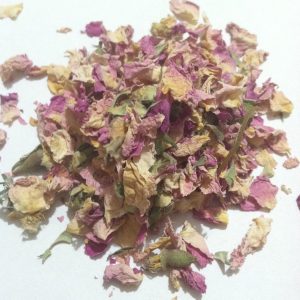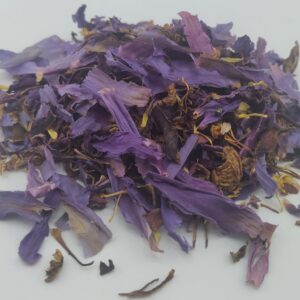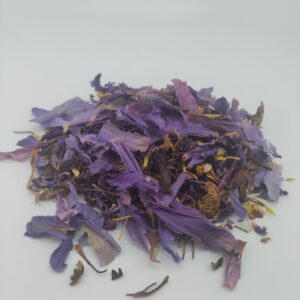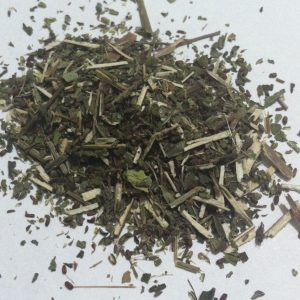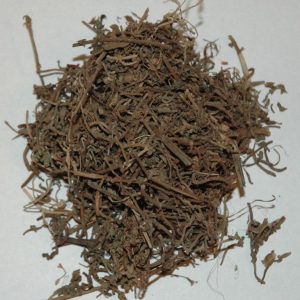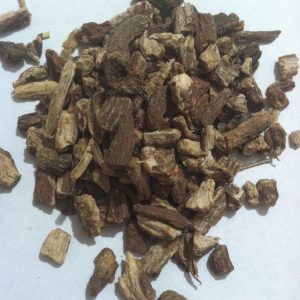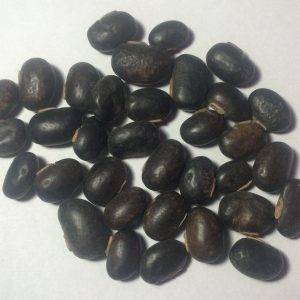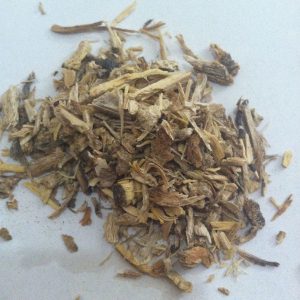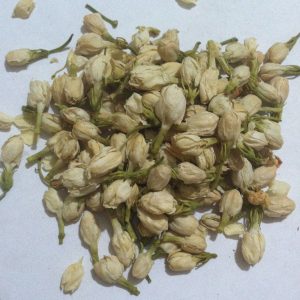Description
Also known as Acorus calamus, Sweet Flag, Cinnamon Sedge, Sweet Myrtle, Acorus, and Sweet Rush. Introduction The sharp-edged calamus is a perennial semi-aquatic plant that grows in marshes and on muddy banks of streams. Calamus root was discussed in the Divine Husbandman’s Classic of the Materia Medica. This revered Chinese herbal text was written anonymously during the Han dynasty in the second or third century BC, with the knowledge attributed to the legendary figure Shennong who lived about 2500 years earlier. If Shennong did indeed use calamus root, he did so hundreds of years before its first known medicinal use. It was also used as an attractant for muskrats, who voraciously ate the root, even collecting it for future consumption in their nests. Native Americans planted it on the edge of villages so they could trap the muskrats when they came for the root. Constituents Bitters, asarone, calamene and related chemicals, eugenol and related chemicals. Parts Used The rhizome, dried and chopped or ground.
For educational purposes only This information has not been evaluated by the Food and Drug Administration. This information is not intended to diagnose, treat, cure, or prevent any disease.



